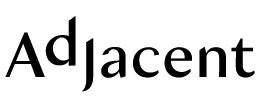Issue 7: Feeling
The Adjacent Interview with Leah Buechley
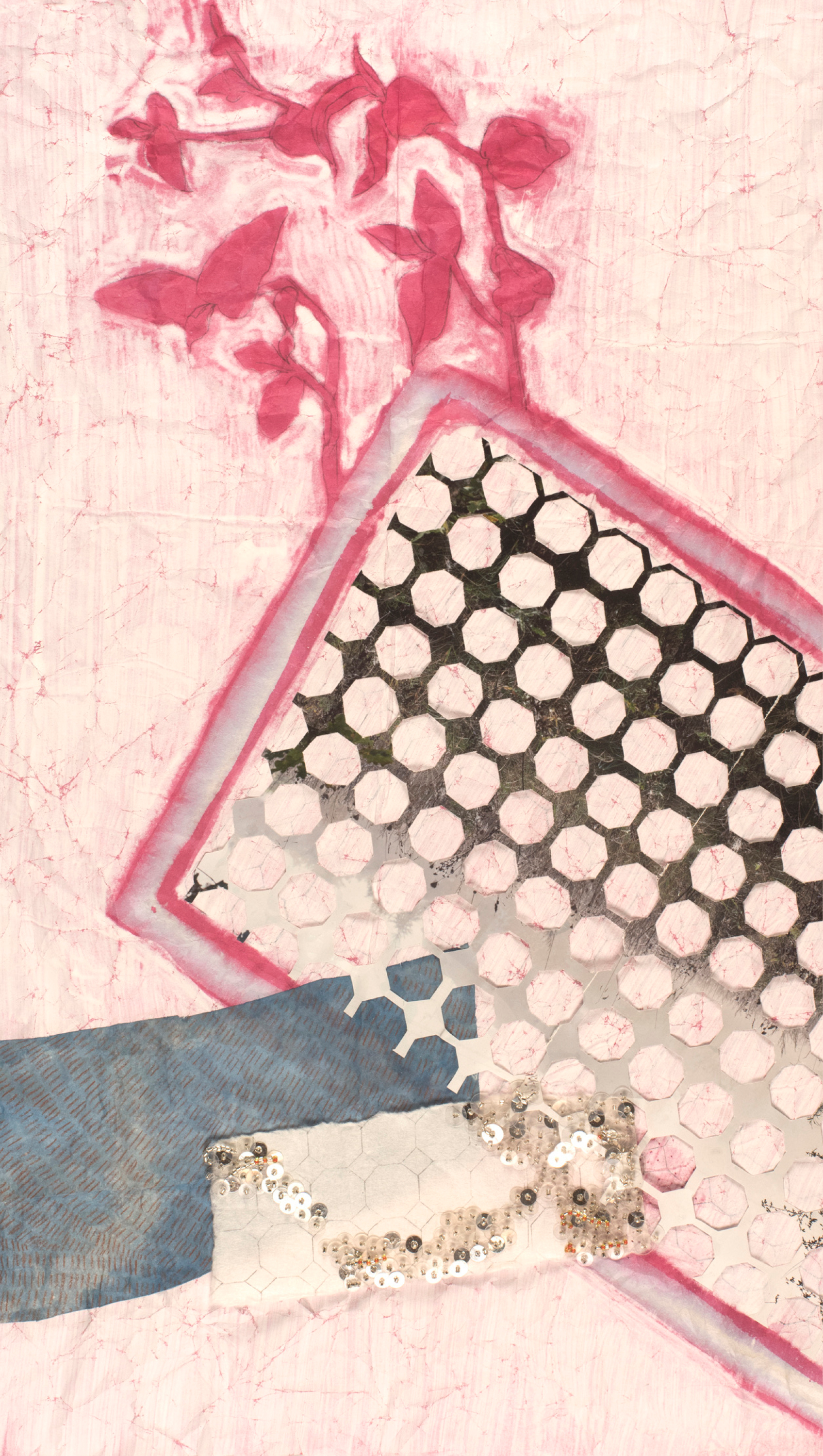
Kate Hartman: Hi Leah. Can you introduce yourself and say a little bit about what you do? For instance, if you’re at a party and someone asks, “Oh, what do you do?” What do you say?
Leah Buechley: I have a bunch of different versions. One of them is something like, “It’s hard to describe without props.” Let’s see – a place to start is that I do work at the intersection of technology, art, design, and learning. And, if we want to go down the rabbit hole, I would say, I explore integrating new technologies with old ones. I’m interested in mashing up and juxtaposing new or high tech materials and tools with ones that have been around for awhile. What goes hand and hand with that is the people and communities that work with those materials and tools. So, I’m interested in exploring, combining, juxtaposing and blending materials and seeing what results, both in the technical landscape and in the cultural landscape.
KH: Maybe we could move through time a little bit together. I’ve been a fan and admirer of your work for quite a while now. I think the first time I encountered your work was probably around 2007. It was before the LilyPad Arduino came out as a product, but after you had done some initial publishing. I was just starting to work with wearables and e-textiles, and I started reading your papers and got really excited. Something that I found astounding at the time was that your work sat at really interesting intersections – like some of the ones that you’re describing – between all these different fields and communities and ways of making. I’m curious how, at that point, you ended up in the cross-disciplinary space?
Leah Buechley wearing a bracelet made with Lilypad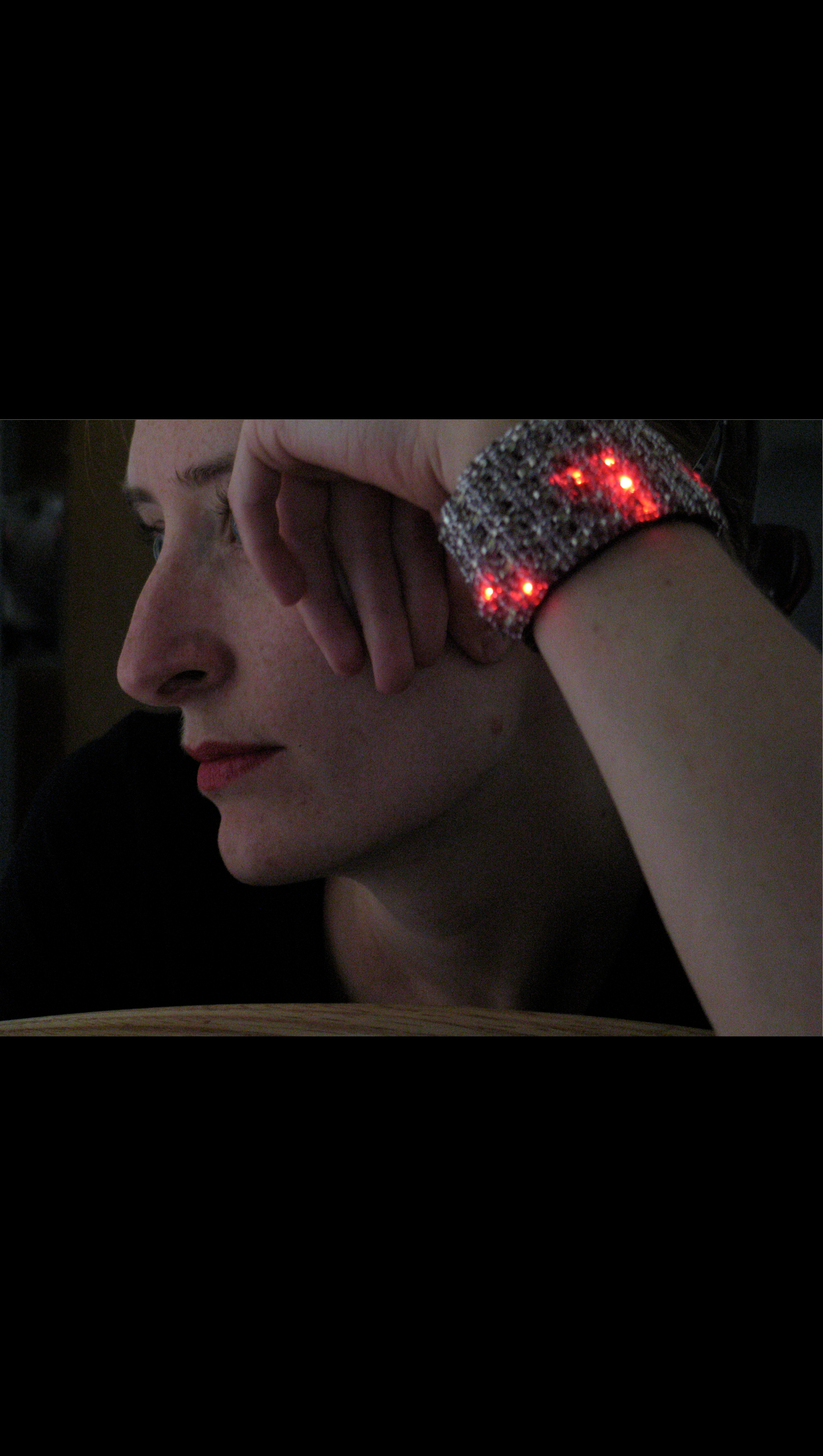
LB: I’ve always bounced around between the arts and science. I grew up feeling my personal identity was very connected to, and tied to, the arts. That was my community. But I was also academically drawn to math and science, and I did really well in those things. I enjoyed doing them.
As an undergrad, I started out as a dance major, and did a lot of dance and theater. I also got into photography. But at a certain point I thought, “I could still do all of those things, and get a more diverse academic experience. I could do some math-y stuff too.” So I changed my major to physics. After college, I moved to New York City and worked in the art world. I did dance, theater, visual arts and photography.
But I was broke. And I thought I could make a living with my interest in math exciting to me. I was really lucky to wind up working in Mike Eisenberg’s Craft Technology group at CU Boulder, where I met people doing work that combined design, art, education, and technology. In the Craft Tech Lab, I had an amazing lab mate who was a brilliant electrical engineer, Nwanua Elumeze. And he was teaching me how to build electronics, and that was incredibly fun – working with your hands and doing this crafty thing that involved technology. That was revelatory, and then it was while I was learning about electronics, I discovered conductive thread and conductive fabrics.
I stumbled upon some of them just browsing around a craft store. and science, and I’d actually get to spend my days working at an interesting job instead of being a secretary.” So I decided to go back to school to become a scientist. For a variety of reasons, somewhat randomly, I choose computer science. I thought of being a very traditional software engineer or something. It wasn’t until grad school that I even encountered people who did interdisciplinary work that combined art and science. That was revelatory and The materials in and of themselves embodied these fascinating, crazy things. The fact that you could build electronics out of this totally different substrate and that all of these juxtapositions and tensions were present in the materials – all the cultural associations of textiles with women and “women’s work” and their association with fashion and beauty and decoration. And then, contrasting that with the electrical engineering computer science culture and community, which is so “masculine” and “utilitarian” and “high status” – that was all very appealing and fascinating to me. That’s how I wound up going down the rabbit hole of wearables and e-textiles. The mediums just seemed so rich and loaded in all these wonderful ways.
KH: So you did a lot of work at that time, engaging with different communities and making different tool sets. So to ask the “Captain Obvious” question… I’m holding a LilyPad Arduino, which you invented. This came from some pretty edgy research work that you were doing, but then you ended up in the long run releasing it in this form that was accessible to people all over the world. What was that process like for you, to take something that you had made in your lab as part of your research, and to have it explode into this thing that took off?
LB: It was a combination of things. One dimension of my research in e-textiles was very much set by both the specific context of my lab and then the larger community context. When I first encountered the materials I was really excited about–just making projects and understanding the materials, and finding ways that I could personally work with them and creatively explore them.
I did a lot of work along those lines initially, but I was situated in a lab that was very focused on learning and education. So, it was kind of a prerequisite to any work that I did that there be that component of the research.Also, this was at the dawn of the DIY maker movement. Make magazine was just starting to be published around this time. People were really excited about DIY in general and the way that it was supported by the internet. There was excitement around openly sharing your techniques and approaches and tools. For both of those reasons, I started documenting and sharing a lot of the work that I did, how I did it and different techniques that I came up with.
I also started doing a lot of work with people. I’d do some exploring with e-textiles and then do a workshop with kids, using the medium to introduce people to electronics and computing. We initially did stuff just with electronics, just having people sew LEDs into things using batteries and lights. But, of course, you can do much more interesting things with a microcontroller. And so, it seemed that to support people doing more interesting stuff, you really needed a robust physical device that would let them do that.
I developed a series of fabric-based sew-able microcontrollers. I would hand build all of these little fabric circuit boards and microcontrollers and use them to teach workshops. After doing several workshops, I was excited about the way other people were responding to this medium, and excited about the audiences that were engaging. It seemed to be especially exciting and compelling for young women. The problem was that the approach of hand-building textile circuit boards wasn’t scalable, and so, that was the impetus to try to make a commercial kit.
An early version of the Lilypad Microcontroller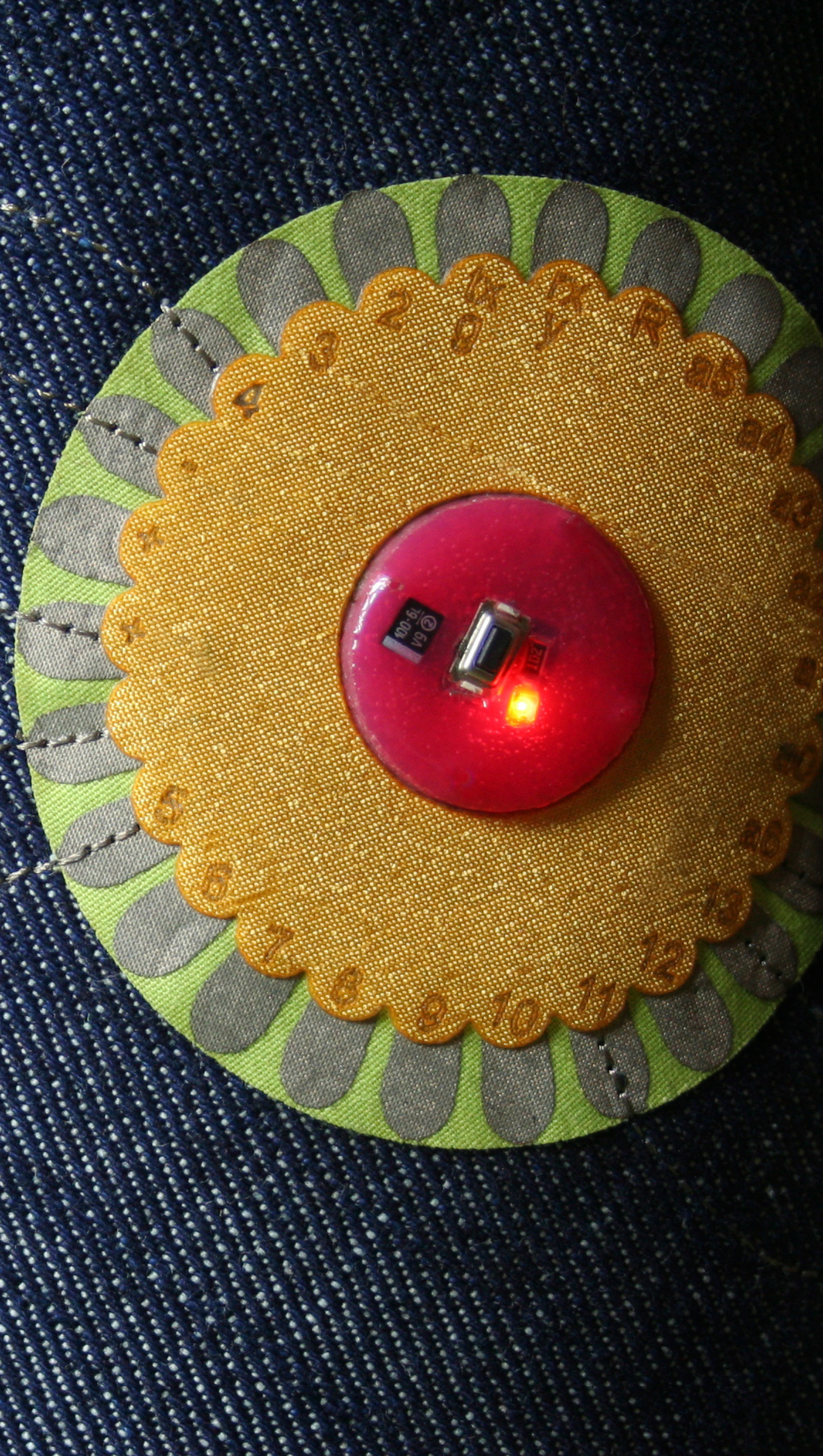
I was really lucky that SparkFun was just down the street and they were a tiny company at the time. I would order electronics stuff from them, so one day I just went up, and I think there were four people working at SparkFun at that time, and I just talked to Nathan. I said, “Could you guys turn this into a manufactured thing and sell it?” And he said, “Yes.” I was really lucky.
KH: It was interesting to see how this opened up the conversation around e-textiles, and also amazing how something like a single product or kit can shift things. It invited people into this conversation, and in this act of making and new way of unpacking computation in an unconventional setting. It was exciting for me at the time, and now it’s something I think a lot about in my teaching and talk about with my students.
LB: That was so exciting for me, just to see there was actually a larger audience for some of this stuff, that other people were excited and that those people were people who hadn’t, in many cases, been part of the techie electronic community. It was really fascinating and lovely. And people made such amazing, cool, beautiful things. That’s been the other part that’s been so cool.
KH: One thing that I think a lot about is balancing roles, and balancing tasks when you’re someone who comes from a creative place, as an artist or a designer and a maker of things. But then, someone who also occupies these roles of teaching or mentoring or facilitating, whether it’s in the structure of academia or via community events, or even just in the form of knowledge sharing by documentation or tool kits. How have you found over the arc of your career that you’ve balanced this? I don’t want to set up a dichotomy exactly, but maybe a spectrum between these different ends of producing your own work versus helping other people make theirs?
LB: Balancing all those things is an ongoing challenge. And it gets harder as you inevitably take on more responsibility in your role just as a person in the world. The creative work is always a delight and a joy, and also, really importantly, is a generator for all the other things.
And yet, as you have more responsibilities, it’s easy to let that creative work be pushed to the bottom of the pile. To some extent, that seems quite okay. That to provide opportunities for young people to do brilliant creative work that sparks new movements, is an important part of the role that we take on as we get older and become professors and mentors and such. But also, for me, maintaining some sort of creative practice feels really important and trying to find ways to do that intentionally and deliberately is an ongoing struggle, because if I don’t do it very intentionally then it tends to not ever happen.
Another challenge has been living with projects for a very long time.It’s been over 10 years since the Lilypad project began, and it’s no longer the thing that I’m most interested in. It hasn’t been for a long time. But I still care about it, and I want it to survive and thrive. I try to find a balance between supporting old projects and allowing myself to invest most of my creative time and attention in other things. And I have had to learn to just be okay with letting things go and maybe letting them fade and die, that’s okay.
KH: Absolutely There can be this accrual of the more projects you do the more things you’re responsible for.
LB: Yeah, and, for example, I can’t provide tech support for LilyPad projects anymore. For instance, people writing with questions like, “Can you please debug my project?” I was thrilled to do that when it first came out, but now I can’t do that anymore.
KH: I’ve seen some beautiful images on your social media. Can you talk about some of your recent or current projects?
LB: The thing that I’ve been most excited about lately, and that I’ve been spending most of my creative time doing, is playing with ceramics and computation. I’ve been building slab-based ceramic pieces and playing with mostly the laser cutter. Playing in a range of ways, you can combine computation and fabrication with traditional ways of hand-building ceramics, which is another beautiful, fascinatingly rich material and cultural landscape.
KH: What has brought you to the practice of ceramics and working with clay? Is it a long standing thing for you or is it newer?
LB: It’s a little newer, I would say. I think part of it for me has been moving back to the place where I grew up in New Mexico. There are very rich clay ceramics traditions there. And there are also very rich adobe traditions. Mud and clay were really appealing to work with, when I moved back to New Mexico. There’s a sensuality to the material that’s wonderful and messy and funky. That’s a lot of what initially sparked my attraction to these materials.
KH: What does it mean for you to invite algorithms or computation into craft and more traditional fabrication?

LB: A theme of my work has been grappling with the larger issue of what it means to be a person in a technologically-driven society. Computers are changing the way we live in all sorts of profound ways and at a very rapid pace. We, as a society, are trying to make sense of that. My academic background is rooted in computing. I have a PhD in computer science. It’s a beautiful, fascinating, timely discipline. So I have this connection to technology and computation for a bunch of reasons. But as a person, I feel very connected to making. And the sensual pleasures of making and psychological and sociological pleasures of making. The meaning of that seems so essential to human experience. Part of what I’m interested in exploring, is how we can continue to celebrate and honor those experiences today, but in ways that don’t feel nostalgic. Or maybe they’re partly nostalgic, but they’re in a vital conversation with technology and the reality of contemporary life.
For me, integrations of physical, materially-oriented, manual making with technology are personally satisfying. They also result in provocative and compelling artifacts that, in and of themselves, are interesting and worthwhile. These integrated processes also prompt reflection and conversations about how we remain human in the midst of a technology explosion that we don’t understand, and maybe can’t quite control.
KH: I really appreciate these elements of materiality. Through different projects and different phases of your work, it seems as though you’ve shifted between a lot of different types of materials. You were talking about ceramics and clay, and before we were talking about conductive materials. Are there other materials that you’ve moved through in the arc of your career that have really tugged at you.
Paper circuits by Leah Buechley in collaboration with Jie Qi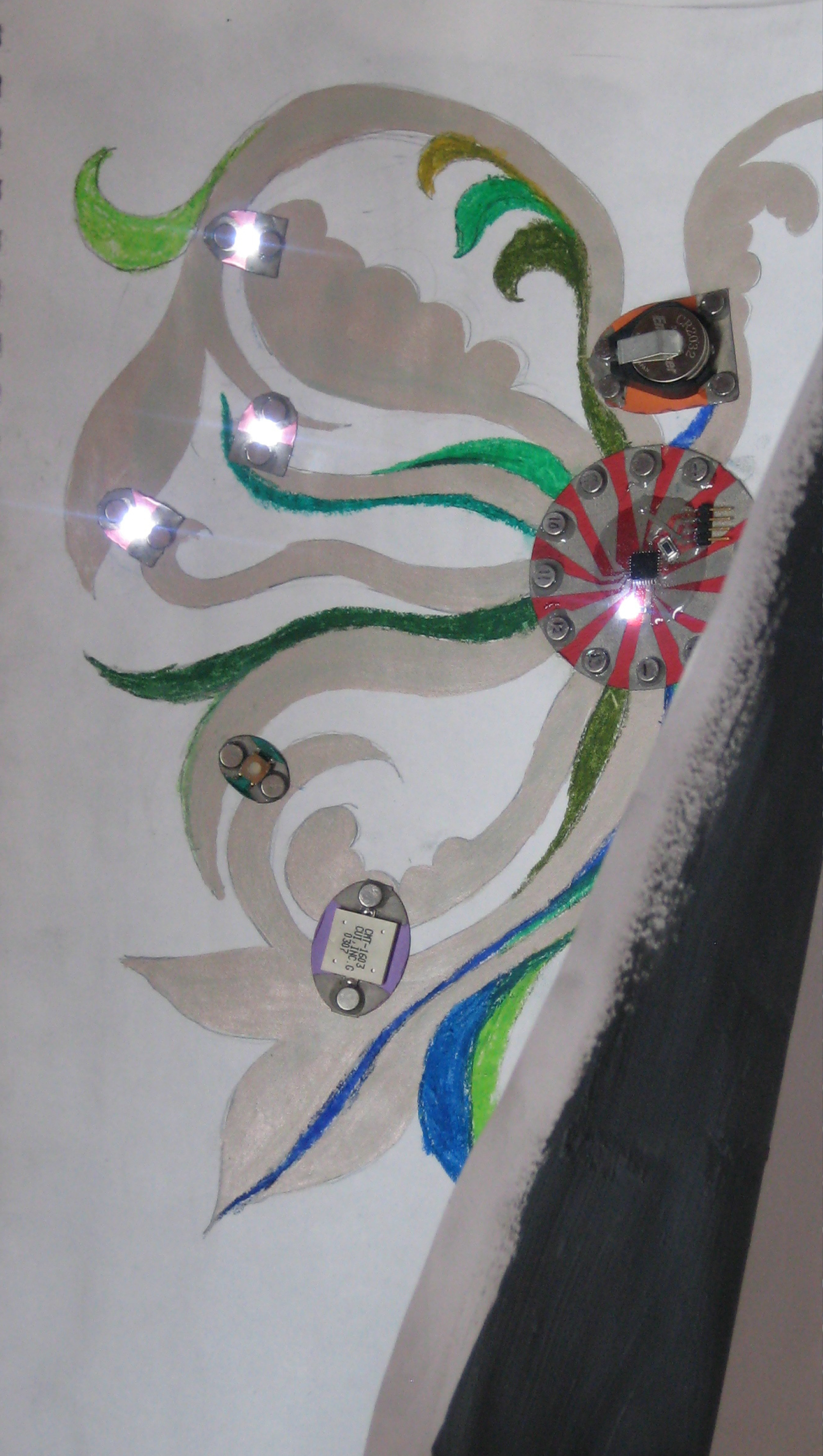
LB: Another big chunk of work that I’ve done has been around paper, paper and paint, drawing and sketching, folding and tearing and making paper. There’s nothing more delightful and inviting than a clean sheet of really nice paper. I was so lucky to be able to do a lot of that work in collaboration with my former student Jie Qi, who was such an amazing person to work with and collaborate with.
Another thing that feels like a constant, relevant background is that my parents are woodworkers. I grew up in a woodworking shop watching the work they did, and making little doll furniture and doing things like that as a kid.
KH: The topics for this Adjacent issue include senses, sensation, sensors, emotion, and feeling. Hearing that list of words, I can see a lot of connection to different aspects of your practice and your research, but I wanted to ask you what that evokes in terms of how it relates to the work that you’re doing or you’ve done?
LB: That’s lovely. Like I’ve already expounded upon, my work is materials driven, and that is just another way of saying it’s driven by different sensual explorations. Both the physical feel of different materials, and the visual experience of different materials has been a central part of my work. This is where my projects always start-in this sensual place. Clay, for example, is such a delightful thing to just hold and mush and play with. There’s some foundational (primal?) thing there.
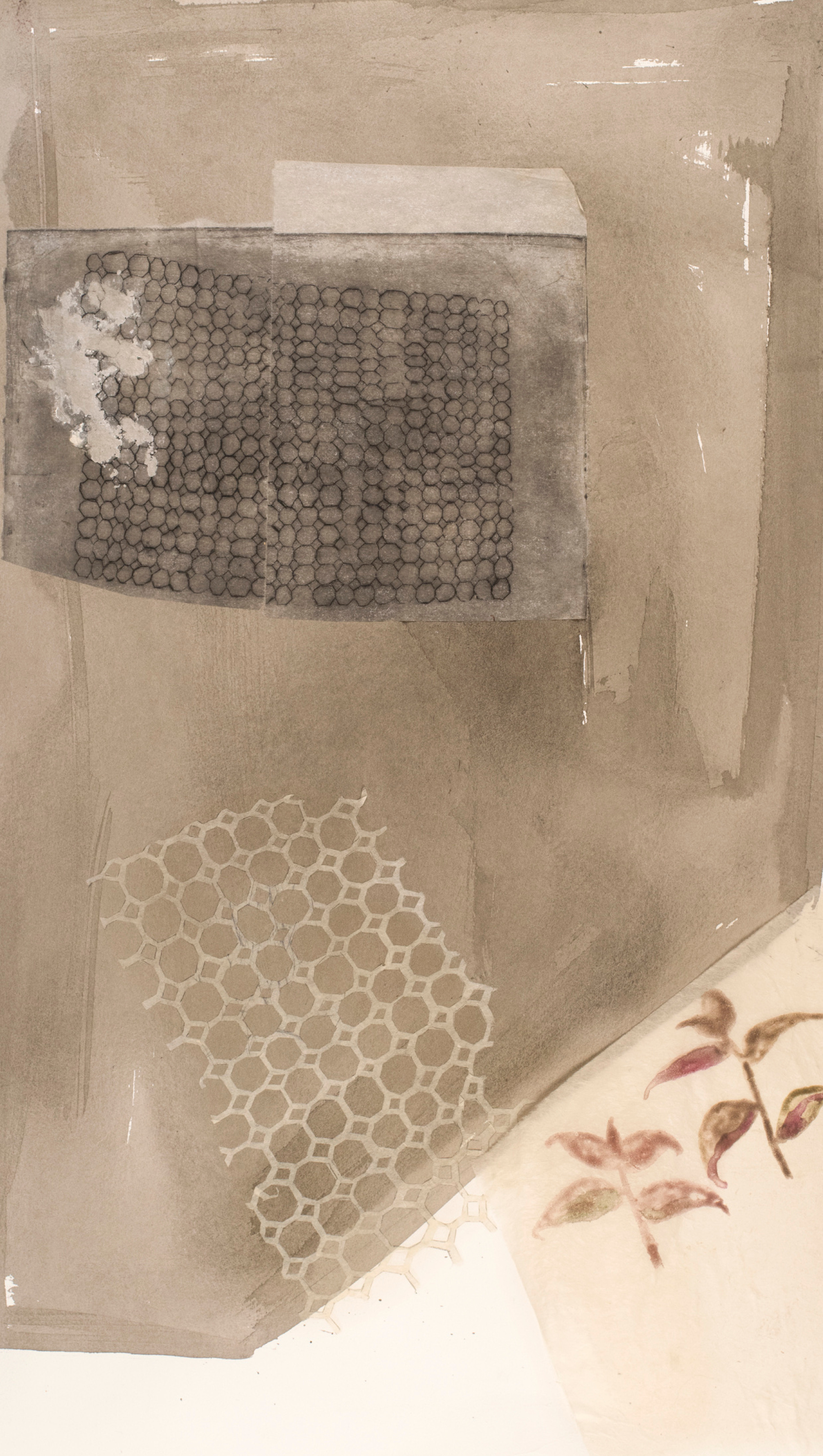
The other thing I would say is, in my work, it’s very rare for the primary output to be a finished artifact that can be displayed on the wall or in a museum or something. The purpose is almost always the process. Honoring the experience – the intellectual experience, but also the physical experience of working – has always been more important and more interesting to me than the actual artifact that is the outcome of the work. I have to say, a person that I’ve learned so much from and, again, feel so incredibly lucky to have worked with in this way, is my former student Hannah Perner-Wilson. She is so brilliant about process and about the meaning of process – embracing process as the central component of her work.
I hope some of what my work (and the work of people like Jie and Hannah), articulates is the conceptual importance of experience, of physical experience, aesthetic experience and sensual experience in our interactions with objects. But, also, in the kind of work that we (people, broadly) choose to do, want to be doing and are driven to do.
KH: It’s great to hear about the connections and the people that you’ve worked with over the years, both in the lab where you were doing your PhD, and then with people like Jie and Hannah. What do you feel the role of community is in this work?
LB: I, like many young people, entered my creative professional life with a very individual perspective. And, of course, the role of the individual is important. But community is so incredibly powerful. And I feel I appreciate it more and more. I would certainly never be doing the work that I’m doing now were it not for communities. I think of my advisor, Mike Eisenberg, who brought me into this amazing community in graduate school. I then learned everything I know about electronics from my colleague, Nwanua, there. Graduate school was a community and a space where we were all allowed tremendous creative freedom, but also given amazing support and encouragement. And,of course, I didn’t fully appreciate how wonderful all that was at the time.
LB: The wonderful experience of being at M.I.T., and working with the students I worked with there was incredibly expanding for me in all sorts of amazing ways. I feel so lucky for that experience and so close to all the students that I worked with. What a wonderful gift in life, to be able to work with people creatively and get to know them, and to be able to play this role in each other’s lives.
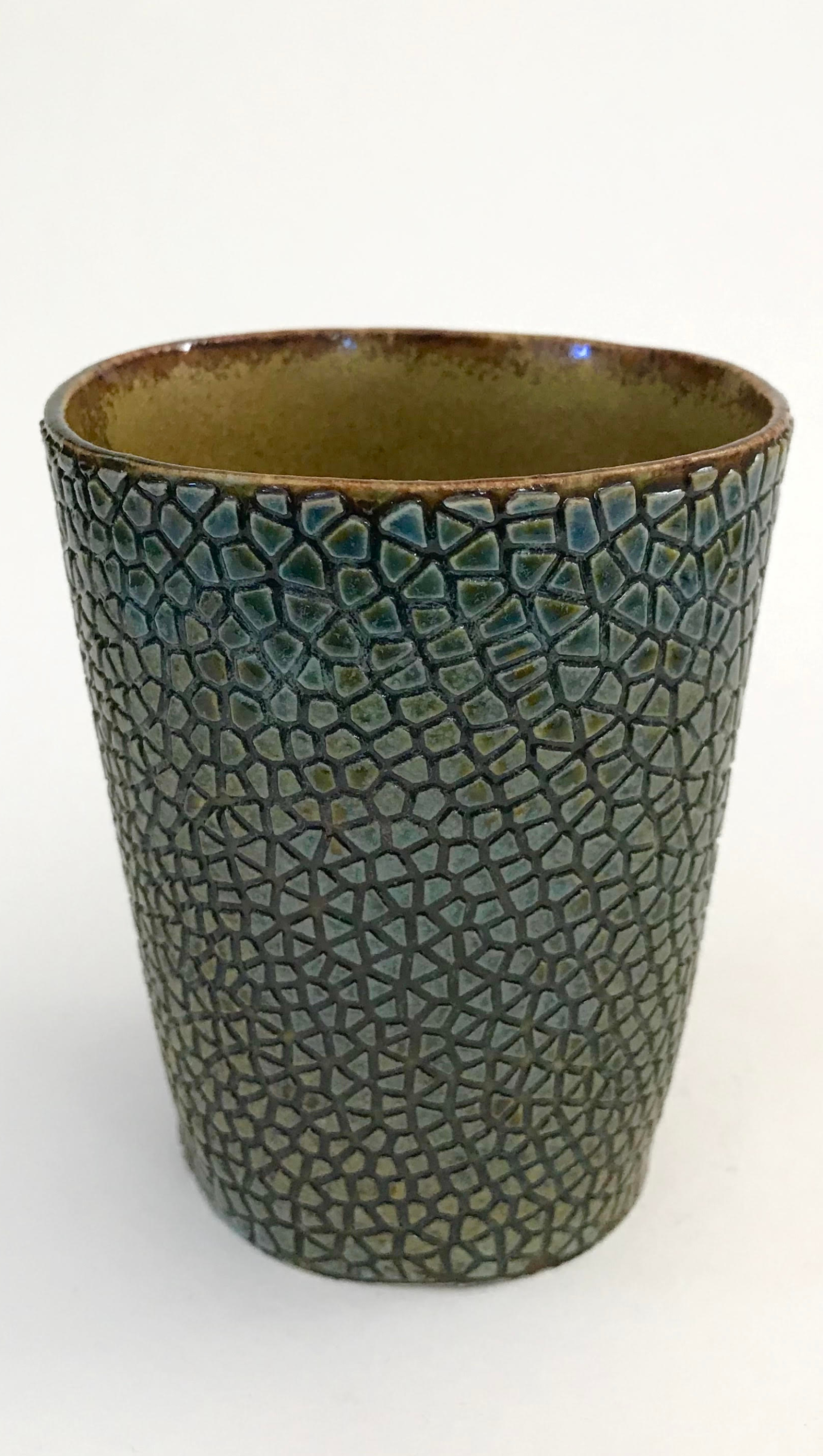
Another recent lesson for me about community has been in my work with clay and ceramics. I know very little about traditional ceramics craft. But the way I’ve learned in the last couple of years is by going to a local clay studio and just hanging out and spending lots of time there. It’s been a delight. All of the things that I did essentially, were sparked by talking to other people, seeing their work and having them come and look at what I was doing. It was so clear to me that that context was an enormous part of the fuel that went into creative work that I’ve really enjoyed doing lately in ceramics.
Right now, I’m thinking a lot about community as I start a new research group called “Hand and Machine” at the University of New Mexico. Probably the thing that I’m most excited about, is being part of a community that is both a very personal community of people who you like and enjoy spending time with, and an intellectual community, where you can explore ideas with like-minded people, but who also can disagree with you. Or have a very different perspective in all sorts of weird, generative, sometimes frustrating, but fascinating,ways. All of that is so central to being able to do any sort of meaningful work, right?
KH: Absolutely. I can’t wait to see what comes out of this new group.
